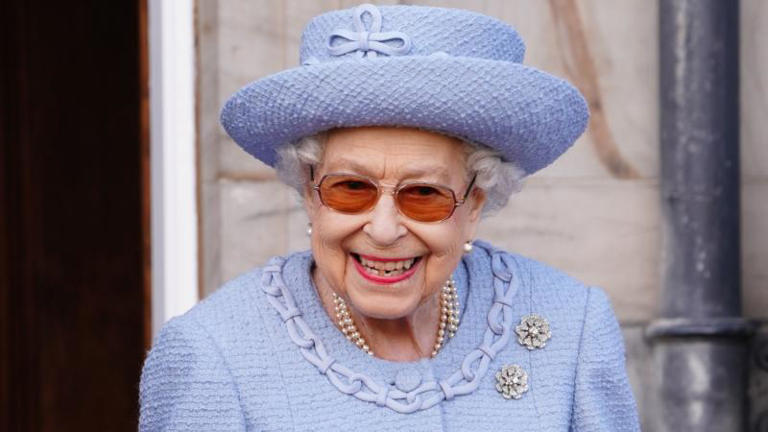
© Provided by Blavity
Queen Elizabeth II, the longest-serving queen in British history, died on Thursday at 96. According to the British royal family, the Queen died at her Balmoral Castle in Scotland just hours after news of her poor health circulated online. Elizabeth’s death ended an extremely lengthy reign that saw the collapse of the British Empire, shifting opinions of the royal family, and the monarchy’s fight.
Queen Elizabeth II was born in 1926 as the first child of Albert, Duke of York, and Elizabeth, his wife. When her father crowned King George VI in 1936, young Elizabeth became heir to the throne. Elizabeth met her future husband, Prince Philip of Greece and Denmark, before the onset of World War II, and the couple married in 1947 despite ties between members of Philip’s family and the defeated German Nazis. When her father died in 1952, Elizabeth was only 25 years old, making her Queen Elizabeth II of the House of Windsor.
Africa and the Queen
When her father died, Queen Elizabeth was touring Kenya, which was still a British territory at the time. This was her second trip to Africa, and it symbolised the magnitude of the continent’s influence on her reign and legacy. The Queen’s first visit to Africa was in 1947, when she and her sister accompanied their parents on a tour of Southern Africa – just a year before a white Nationalist government won power in South Africa and instituted the Apartheid regime. Similarly, her voyage to Kenya occurred when European settlers began adopting ruthless means to preserve power against an indigenous revolt known as the Mau Mau, which fought for independence.
Supervising the demise of the British Empire in Africa
As queen, Elizabeth witnessed the continuation and eventual success of African independence battles, as British colonies on the continent gained independence, beginning with Ghana in 1957. In 1961, Queen Elizabeth visited Ghana, famously dancing with President Kwame Nkrumah in a public demonstration of affection and comradeship that symbolically recognized the reality of Black-led independence and substantively helped legitimize the new government in the eyes of western leaders and investors. Many of Britain’s colonies in Africa and the Caribbean had gained independence by the decade’s end. In contrast, many maintained relations with the UK through the Commonwealth of Nations, an organization chaired by the Queen throughout her reign.